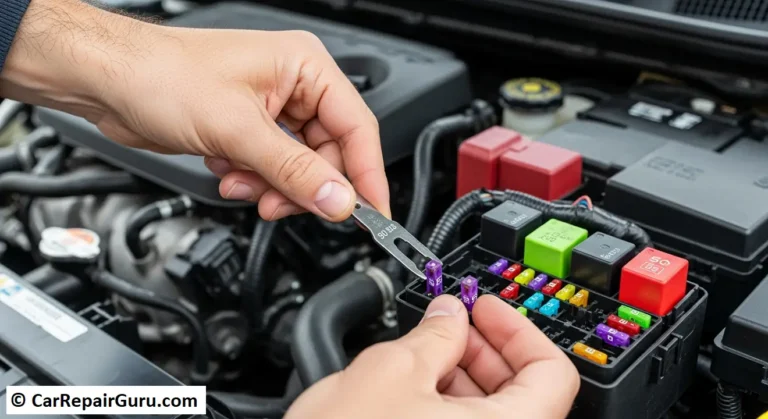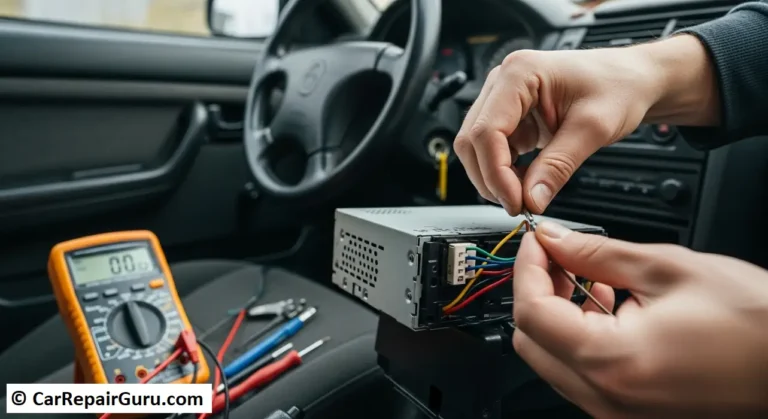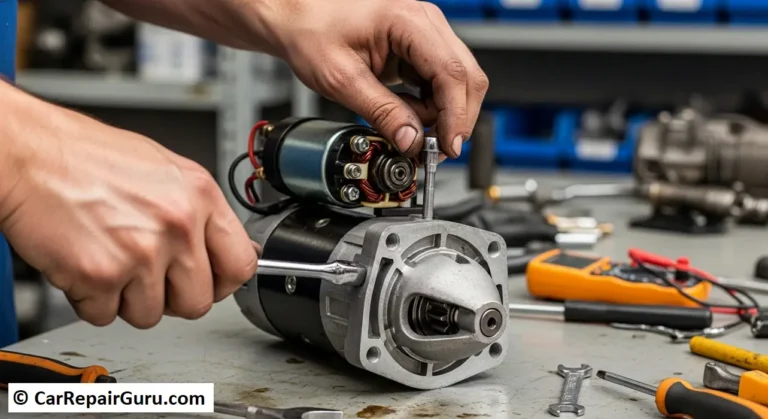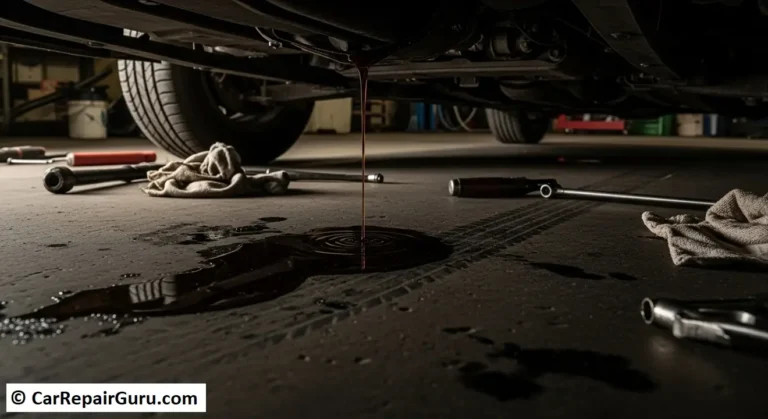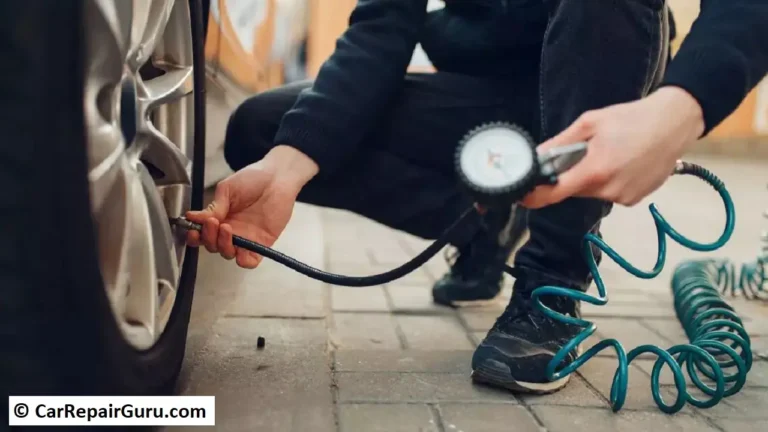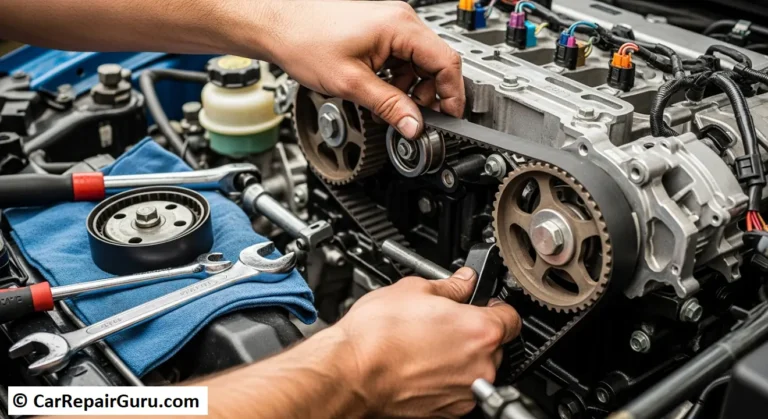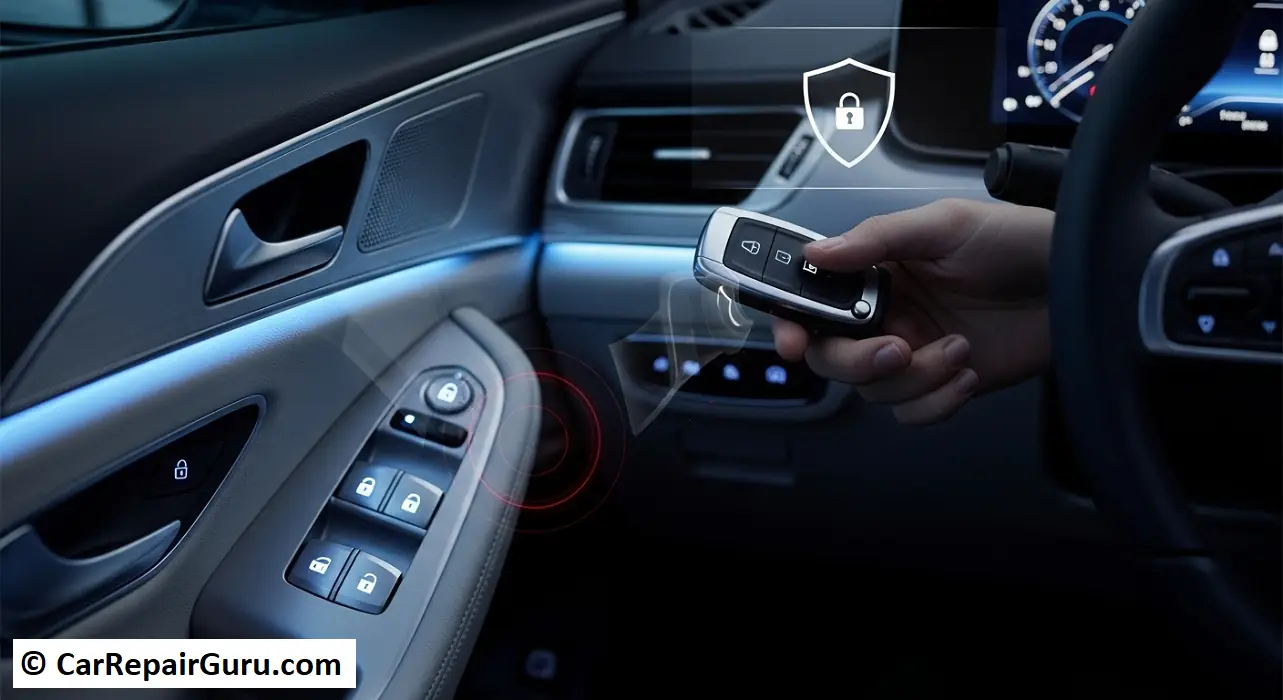
Remember the days of leaning across the car to unlock the passenger door or walking around to manually check if every door was locked? That simple, satisfying “clunk” you hear when you press a button on your key fob has become one of the most relied-upon features in modern vehicles. But when that sound disappears, it can be a major source of frustration and a security concern.
Welcome to your complete guide to power door locks.
Whether you’re dealing with a single car door that won’t lock, a system that’s completely dead, or you’re just curious about the technology keeping your vehicle secure, you’re in the right place. We’ll demystify how your central locking system works, diagnose common problems, and walk you through what it takes to fix them.
How Do Power Door Locks Work? The Mechanism Explained
Think of your car’s power locking system as a small, efficient team where each member has a specific job. When you press the lock button on your door or key fob, you’re kicking off a rapid chain of events.
Here are the key components that make the magic happen:
The Brain: The Body Control Module (BCM) or Relay
The BCM is the central computer for many of your car’s electronic accessories, including the power locks. It receives the command signal from your door lock switch or key fob. For simpler systems, a dedicated door lock relay might handle this job, acting as an electrical switch that sends power to the locks.
The Muscle: The Power Door Lock Actuator
This is the single most important component to know, as it’s the most common point of failure. The power door lock actuator is a small electric motor located inside each car door. When it receives the electrical signal from the BCM or relay, this motor springs into action, physically moving a set of gears and rods to push or pull the door lock into the locked or unlocked position. Every door with a power lock has its own actuator.
The Nerves: The Wiring and Fuses
Just like nerves in a body, a network of wires carries the commands and power between the BCM, the switches, and the actuators. Protecting this whole system is a fuse. If there’s an electrical surge, a blown fuse will sacrifice itself to prevent damage to more expensive components like the BCM.
The Command: The Door Lock Switch & Key Fob
These are your interfaces. The switch on your door panel and the buttons on your key fob are simply the triggers that send the initial “lock” or “unlock” signal to the system’s brain.
Types of Power Door Lock Systems
Not all power lock systems are created equal. The technology has evolved significantly over the years, from a basic convenience to a sophisticated smart system.
The Foundation: Central Locking Systems
This is the original system, controlled by a physical switch inside the car that locks or unlocks all doors simultaneously. It’s simple, effective, and laid the groundwork for everything that followed.
The Standard: Remote Keyless Entry (RKE)
This introduced the key fob we all know and love. Using a radio frequency (RF) signal, Remote Keyless Entry allows you to lock, unlock, and often open the trunk from a distance. You have to physically press a button to send the command.
The Modern Convenience: Passive Keyless Entry (PKE) & Smart Keys
This is the “hands-free” system found in most new cars. With Passive Keyless Entry, the car constantly searches for a low-frequency signal from its paired smart key. When the key is close enough (usually within a few feet), the system “wakes up.” This allows you to unlock the door just by touching the handle and start the car with a push-button, all while the key fob remains in your pocket or bag.
Feature Box: Which Power Door Lock System is Best?
This chart breaks down the key features of each system type.
| Feature | Central Locking System | Remote Keyless Entry (RKE) | Passive Keyless Entry (PKE) |
|---|---|---|---|
| Lock/Unlock All Doors (Switch) | ✔️ | ✔️ | ✔️ |
| Uses a Remote Key Fob | ✔️ | ✔️ | |
| Proximity Unlocking | ✔️ | ||
| Push-Button Start Enabled | ✔️ | ||
| Advanced Security (Rolling Codes, etc.) | Basic | Good | Maximum |
Are Power Door Locks Secure? Understanding the Risks
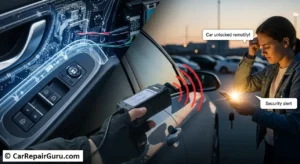
The convenience of modern keyless entry systems is undeniable, but it’s fair to ask about the security risks. While car manufacturers build in sophisticated encryption, no system is completely infallible.
The Threat of “Relay Attacks”
This risk applies specifically to Passive Keyless Entry (PKE) systems. Thieves can use a special device to capture the weak signal from your key fob—even if it’s inside your house—and then amplify and “relay” it to a second device next to your car. This tricks the car into thinking the key is nearby, allowing the thief to unlock and start it.
Signal Jamming
This is a simpler, cruder attack. A criminal can use a radio device to jam the frequency your key fob uses. When you walk away from your car and press the lock button, the jammer blocks the signal from reaching the vehicle, leaving it unlocked.
How to Mitigate Risks and Protect Your Vehicle
The good news is that these attacks are relatively rare, and you can take simple steps to protect yourself:
- Use a Faraday Pouch: These signal-blocking pouches are the most effective defense against relay attacks. When you’re home, store your keys in a Faraday pouch or metal box to block their signal.
- Visually Confirm: Don’t just press the button and walk away. Always listen for the audible “clunk” of the locks engaging and watch for the exterior lights to flash.
- Disable PKE (If Possible): Some vehicles allow you to temporarily disable the passive entry feature through the settings menu.
Common Power Door Lock Problems & Symptoms (The Troubleshooting Hub)
When your power door lock is not working, the specific symptom is the biggest clue to the underlying problem. Here’s how to diagnose the issue based on what you’re experiencing.
Symptom 1: Only One Power Door Lock Fails to Work
- Most Likely Cause: You almost certainly have a bad power door lock actuator in that specific door. Since the other doors are working, you know the fuse, relay, and BCM are doing their jobs. The failure is isolated to the “muscle” in that one door.
Symptom 2: All Power Door Locks Fail Simultaneously
- Most Likely Cause: This points to a system-wide failure. The first and easiest thing to check is a blown fuse. The second most likely culprit is a faulty door lock relay or an issue with the Body Control Module (BCM).
Symptom 3: Power Locks Work Intermittently or Slowly
- Most Likely Cause: A dying actuator motor or a poor electrical connection. The motor is losing strength and struggling to move the lock mechanism. This weakness can also be caused by a low car battery, so make sure your battery is in good health.
Symptom 4: Locks Make a Buzzing/Grinding Noise But Don’t Move
- Most Likely Cause: This is the classic death cry of a power door lock actuator. The motor inside is still spinning, but the plastic gears connected to it have stripped or broken. The motor is trying, but it can no longer engage the lock mechanism.
Symptom 5: The Key Fob Doesn’t Work, but the Door Switch Does
- Most Likely Cause: The problem is with your key fob, not the car’s locking system. The vast majority of the time, this is simply a dead battery in the fob. In rare cases, the fob may have lost its programming and needs to be synced with the car again.
How to Fix Power Door Locks: A Step-by-Step Guide
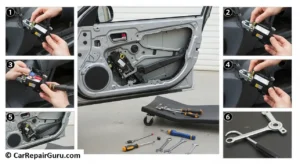
If you’ve diagnosed the problem as a bad actuator, you might be wondering if you can tackle the repair yourself.
DIY Repair vs. Professional Service
Fixing a power door lock actuator is a moderately difficult job. If you are comfortable with basic tools and have some patience, it’s very achievable. The main challenge is removing the interior door panel without breaking any clips. A professional mechanic can do the job much faster but at a higher cost.
Step-by-Step Guide: Replacing a Power Door Lock Actuator
Disclaimer: This is a general guide. The exact process varies by vehicle. Always consult your car’s specific service manual or a reliable online tutorial for your make and model before beginning.
1. Disconnect the Battery: For safety, always disconnect the negative terminal of your car battery before working on any electrical components.
2. Remove the Interior Door Panel: This usually involves removing a few screws (often hidden behind small plastic covers in the armrest or door handle) and then carefully prying the panel off using a trim removal tool to release the plastic clips.
3. Peel Back the Vapor Barrier: Carefully peel back the plastic or foam sheet covering the inner door frame to gain access to the lock mechanism.
4. Locate and Disconnect the Actuator: Find the actuator inside the door. Disconnect its electrical connector and the small metal rods that link it to the lock assembly.
5. Unbolt and Remove the Old Actuator: Unscrew the bolts holding the actuator in place and remove it from the door.
6. Install the New Actuator: Bolt the new actuator in place and re-attach the linkage rods and electrical connector.
7. Test Before Reassembling: Reconnect the car battery and test the new lock using both the door switch and your key fob. Make sure it works flawlessly before you put everything back together.
8. Reassemble the Door: Put the vapor barrier and door panel back in place, ensuring all clips snap in securely.
The Cost of Repair
So, what’s the damage to your wallet? The cost to repair a power door lock varies dramatically depending on whether you do it yourself or hire a pro.
DIY Repair Costs
The main cost is the part itself. A replacement power door lock actuator typically costs between $20 and $100, depending on your vehicle. If you need a set of trim removal tools, that’s another $10-$15.
Professional Repair Costs
When you go to a shop, you’re paying for both the part and the labor. Labor rates typically range from $75 to $150 per hour. For a single door lock actuator replacement, you can expect the total cost to be between $200 and $450, depending on your car’s make and the shop’s rates.
Keeping Your Vehicle Secure and Convenient
Your vehicle’s power door locks are more than a simple convenience; they are a fundamental part of its security system. When they fail, it can be a hassle, but it’s a problem that is almost always fixable.
By understanding the key components like the power door lock actuator, recognizing the symptoms of failure, and knowing your repair options, you are now equipped to tackle the problem head-on. Whether you choose to dive in with a wrench or have an informed conversation with your mechanic, you can be confident in getting that satisfying “clunk” back in your life.
Frequently Asked Questions
Can a weak car battery affect power door locks?
Absolutely. A weak or dying battery may not supply enough voltage for the actuators to work properly, causing them to move slowly or not at all.
Do I need to replace all actuators if one fails?
No, you only need to replace the specific actuator that has failed. However, keep in mind that the actuators are all the same age. If one has failed, others may not be far behind.
Can I still lock my door manually if the power lock is broken?
Yes. In virtually all vehicles, you can still use the physical lock tab inside the car or use your physical key in the exterior door lock cylinder.
Can cold weather affect my power door locks?
Yes. Extreme cold can cause the grease inside the lock mechanism to thicken, making it harder for the actuator motor to move. In some cases, moisture inside the door can freeze and jam the lock entirely.
Why do my power locks lock themselves again right after I unlock them?
This “bouncing” lock issue often points to a faulty door ajar sensor or a problem in the lock latch itself. The car’s computer thinks a door is still open and triggers the auto-lock feature as a security measure.
Is it worth fixing a single power door lock on an old car?
This is a personal decision based on cost versus convenience. Given that the part can be found for under $50, most people find the security and convenience of a fully functional system well worth the DIY repair.
My power locks are very loud. Is this normal?
A solid “clunk” is normal. A loud, repetitive buzzing, grinding, or rapid-fire clicking sound is a definite sign that the actuator’s internal gears are stripped and it is about to fail completely.
